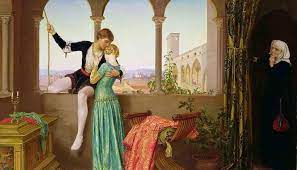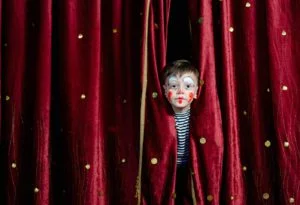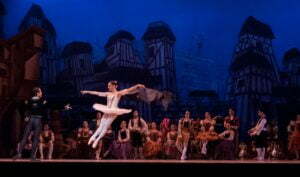Traditional dramas are the art performances performed in some particular rural areas and have been carried out from generation. So, it depicts the culture and customs of that particular region. Further, also deals with religion, dresses, and traditions followed by major communities.
Some theatres have stories of mythology, history, and old fables. So, if you want to learn about the culture, relations, food, rituals of some particular place, you must see some traditional dramas for inspiration.
Traditional dramas that are not much popular
Tamasha
Tamasha is the traditional Marathi art that originated in Maharashtra. Therefore, it’s an entertainment theatre accompanied by a Lavani tune. Moreover, it’s a feminine musician and dancers lead show now. It acquired its origin in the 18th and 19th centuries in Maratha rule and became popular during the time of Baji Rao ll. Its influenced by different art forms like kaveli, ghazals, and kirtan. So, Tamadha has got two major types- dholki bhaari and sangeet baari. Sangeet baari has more music and dance than drama. The Kolhati groups go around performing Tamasha.
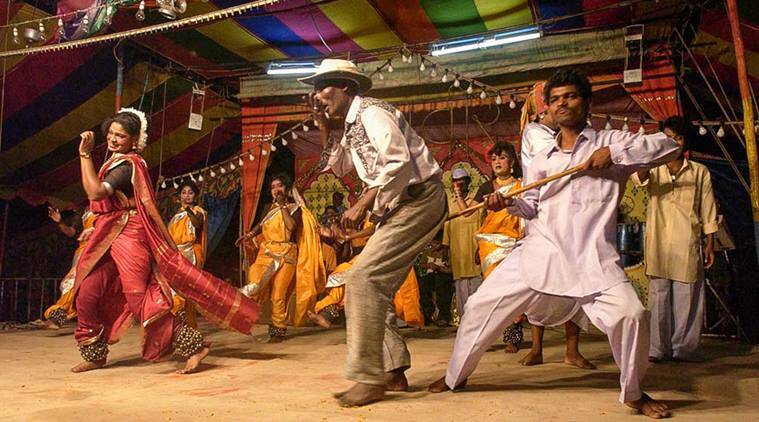
The word Tamasha belongs to Persia, which means entertainment show. Many Hindi songs have shown Lavani dance in them. Even the famous Bollywood movie ‘Tamasha’ has scenes of the theatre performed on the stage.
Dashavtaar
The villagers of the Konkan coast performs Dashavtar; a type of folk theatre in Maharashtra and in the north district of Goa. The word Dasavataar means ten incarnations. So, it symbolizes the ten births of Lord Vishnu, the Hindu god of preservation and creation. Hence, the ten embodiment performed in the show is – Matsya(fish), Kurma(tortoise), Varaha(boar), Narasimha(lion-man), Vaman(dwarf), Parashuram, Lord Rama, Krishna, Buddha, and Kalki.
Its usually performed at midnight of the annual festival of the village deity in the temple. Furthermore, the performers use bright makeup and costumes. This form of drama uses three main instruments- a paddle harmonium, Zanj(cymbals), and the table. Dashavtaar is now a popular form of drama in many rural areas. It comprises two parts – the poorva-ranga and the Uttar-ranga. The poorva-ranga is the story of a killing demon named Shankhasur.
Therukoothu
People of Tamil Nadu, India and Tamil speaking places of Sri Lanka performs Therukoothu; a street play in open and in temples. It is centred around depicting the moral power of women. Moreover, they also perform to impress the goddess rain Meriamma. Its plays the lifestyle of Draupadi, from the epic Mahabharata. Male uses high pitch to deliver their dialogue. Rather males perform the female characters too. Musical instruments used in the play are harmonium, drums, and mukhavinai. Therukoothu gets its name from the word ‘theru’, means street and ‘koothu’ means theatre.
https://www.youtube.com/embed/6pW-7u3bnlw?feature=oembedTherukoothu performance
Yakshagana
Vaishnava Bhakti movement influences the Yakshagana. It’s a traditional form of theatre that originated in Karnataka. They also call it as ‘aata’. It comprises dance, music, costume, makeup, and stage proficiency. It derives its stories from historical stories of Mahabharata, Bhagavata, Ramayana, and other Indic traditions. Musical instruments used in this are maddale, bells or cymbals, and chande (drum). Yakshagana is getting its popularity all over the globe in California, the USA, Canada, and Ontario.
Nautanki
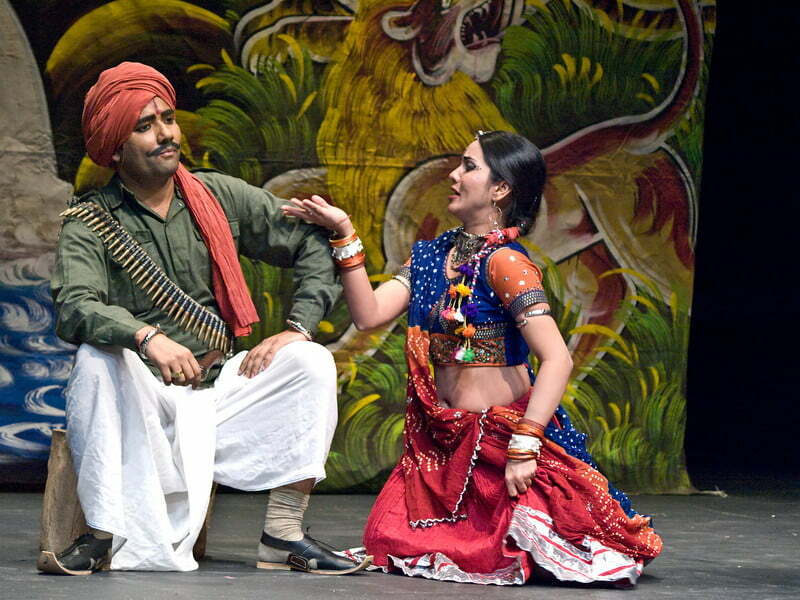
The drama form Nautanki has been the mode of entertainment all over north India, even before the arrival of cinema. Mostly in the regions of Uttar Pradesh, Rajasthan and Punjab. They combine music, dance, story, dialogue, pathos, melodrama, and humour. It was performed in marketplaces, parks, towns, and cities. Earlier, only male members used to participate in the drama, but later, from the 1930s, women joined and embarked on their roles and flourished. Also, nautanki is based on mythology, biography of local hero and romantic stories.
Bhavai
Bhavai is a traditional theatre form of western India, mainly the Kutch and Kathiawar regions of Gujrat. Many people also refer to it as Vesha or Swang. It’s a kind of spiritual offering made to goddess Amba. A Brahmin priest Asaita Thakar wrote Bhavai in the 14th century. It combines humour to entertain people. Its performed in the courtyard of temples. Bhavai is a Sanskrit word that means ‘bhav’; expression. Artists use Rabaab, sarargi,pakhaawag, bhungal and manjeera as musical instruments in this.
Bhand Pather
It is the traditional theatre of Kashmir. Bhand is a type of realistic and satirical drama called Bhavana. A community called ‘Bhand’ at the foothills of the Himalayas performs it. They are entertainers of the local place. The dancers perform on the music of mukam, which includes dhol, nagara, and thalij. Props used while performing pather are whip and short bamboo stick. The Classical Sanskrit theatre and traditional folk forms of India is the origin of this dance form. The play uses a curtain, and actors make their entrance through it during the performance. ‘Kaper Chadar’ is the name of the curtain.
Raasleela
You can also call it Krishna Tandava. It’s an old story of Lord Krishna and Radha from Bhagavat Purana and Gita Govinda, showing the dance form and story narration involving Radha, Krishna, and his Gopis. Kathak, Bharatanatyam, Odissi, Manipuri, and Kuchipudi are part of Raasleela.

The word ‘raas’ means aesthetic, and ‘leel’ means dance or play. So, it’s a play of the spiritual love of Krishna and Radha. Hence, it shows a detachment from the material world. It’s a popular folk theatre in Vrindavana, Mathura of Uttar Pradesh. Additionally, in Assam, Raas Mahotsav is celebrated in the months of late November or early December.
Theyyam
Kerala and Karnataka regions of India embrace this Theyyam dance form. It’s a popular ritual of dance worship that tells historical stories, rituals, customs, and vivid cultures. Therefore, people celebrate it as a festival. While males perform the Theyyam, women perform only Devakoothu Theyyam. People practice it in the Thekkumbad Kulom temple in an open theatre performance in the shrine without any curtain or stage. The performance comprises vocal recitation, dance, musical instrument, and astounding makeup.
Conclusion
Traditional dramas are the mode of inspiration and entertainment ever since the past, even before the cinema. These local dramas are part of different regions of the country. But now, these are gaining global recognition all over the world now. Therefore, we surely need to preserve these traditional art forms.
Share with your friends
